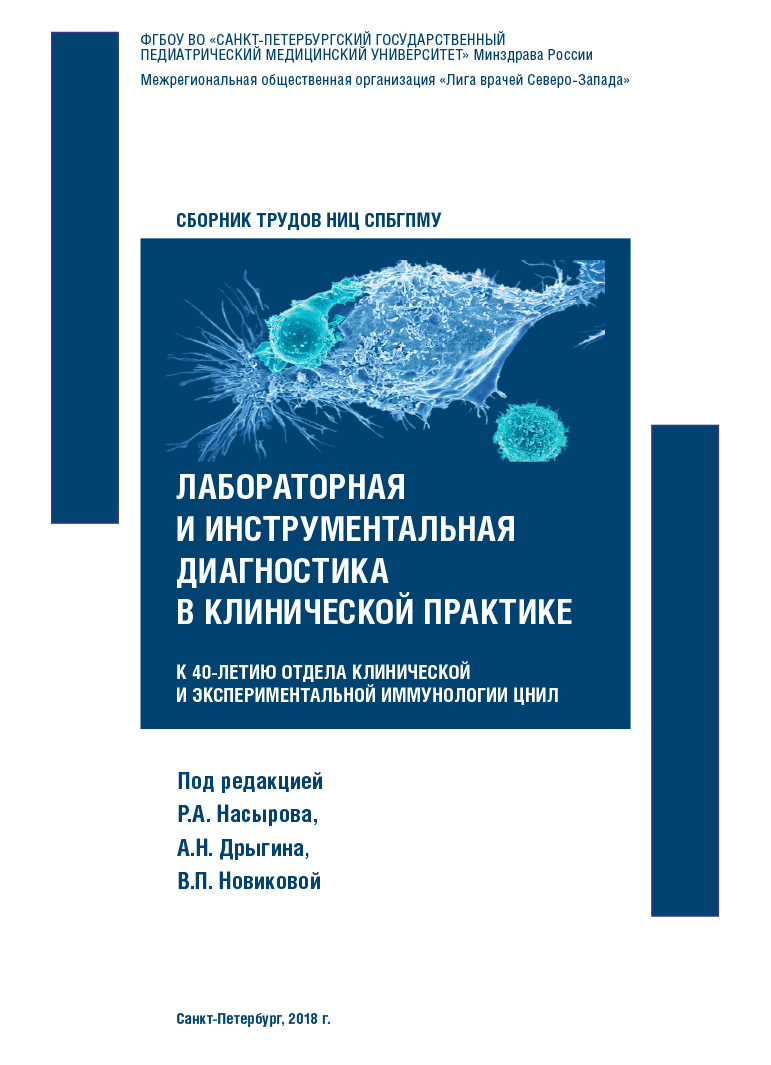Thromboelastography , as a method of intraoperative diagnosis of changes in fibrinolysis activity , depending on the concentration of sevoflurane used to maintain anesthesia
Keywords:
thromboelastography, sevoflurane, propofol, fibrinolysis, operation
Abstract
To assess the fibrinolysis by thromboelastography 64 patients had examined. They were divided into 4 groups depending on the drug used to maintain anesthesia. Thromboelastography was performed before and after surgery. In the group whith used to maintain anesthesia with sevoflurane in a concentration of 1 MAK was a significant activation of fibrinolysis, unlike the other three groups.
Published
2019-03-14
How to Cite
Митрофанов, А. В., Красносельский, К. Ю., & Александрович, Ю. С. (2019). Thromboelastography , as a method of intraoperative diagnosis of changes in fibrinolysis activity , depending on the concentration of sevoflurane used to maintain anesthesia. Medicine: Theory and Practice, 3(3 приложен), 149-152. Retrieved from https://ojs3.gpmu.org/index.php/med-theory-and-practice/article/view/362
Section
Статьи



